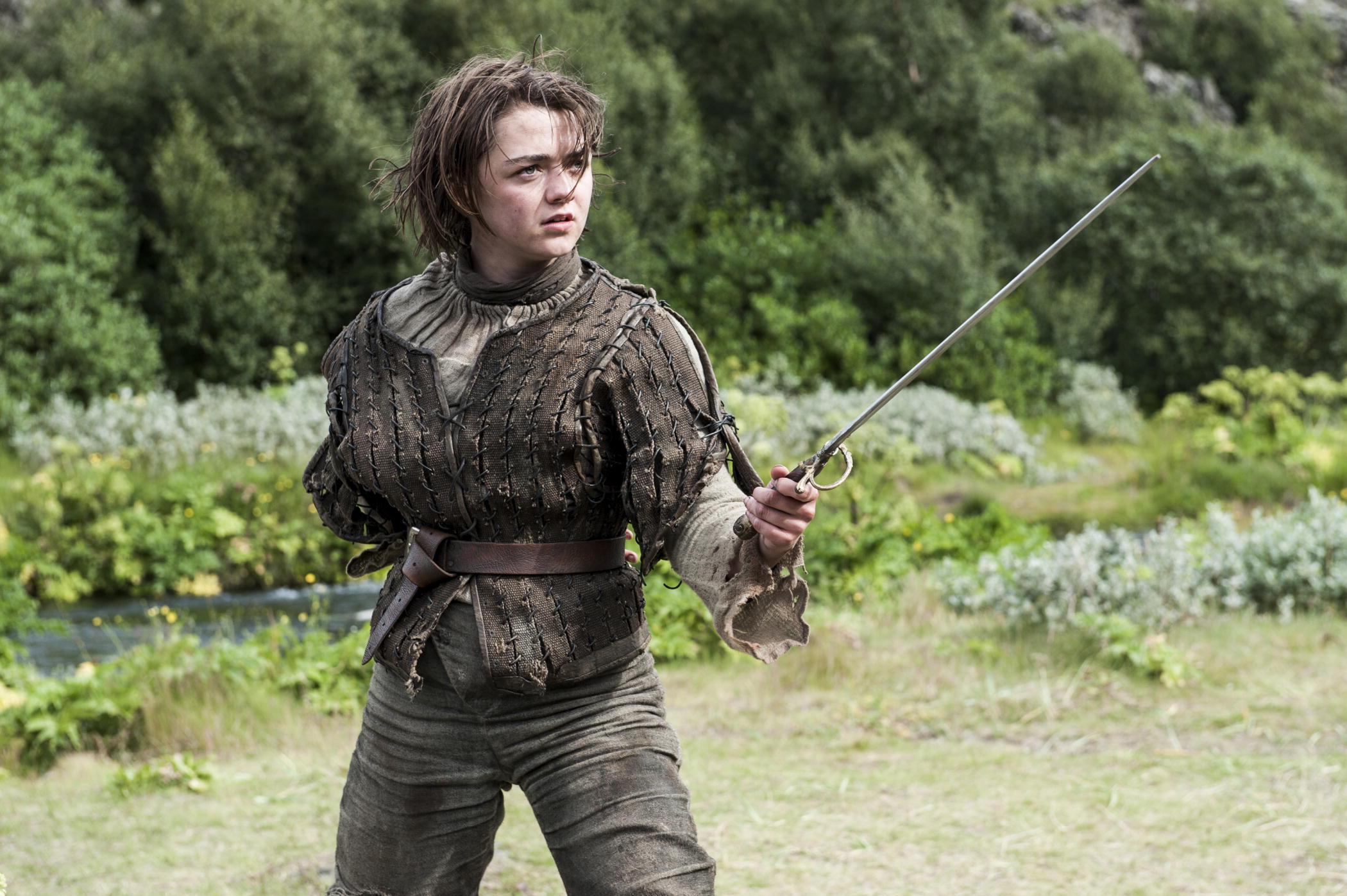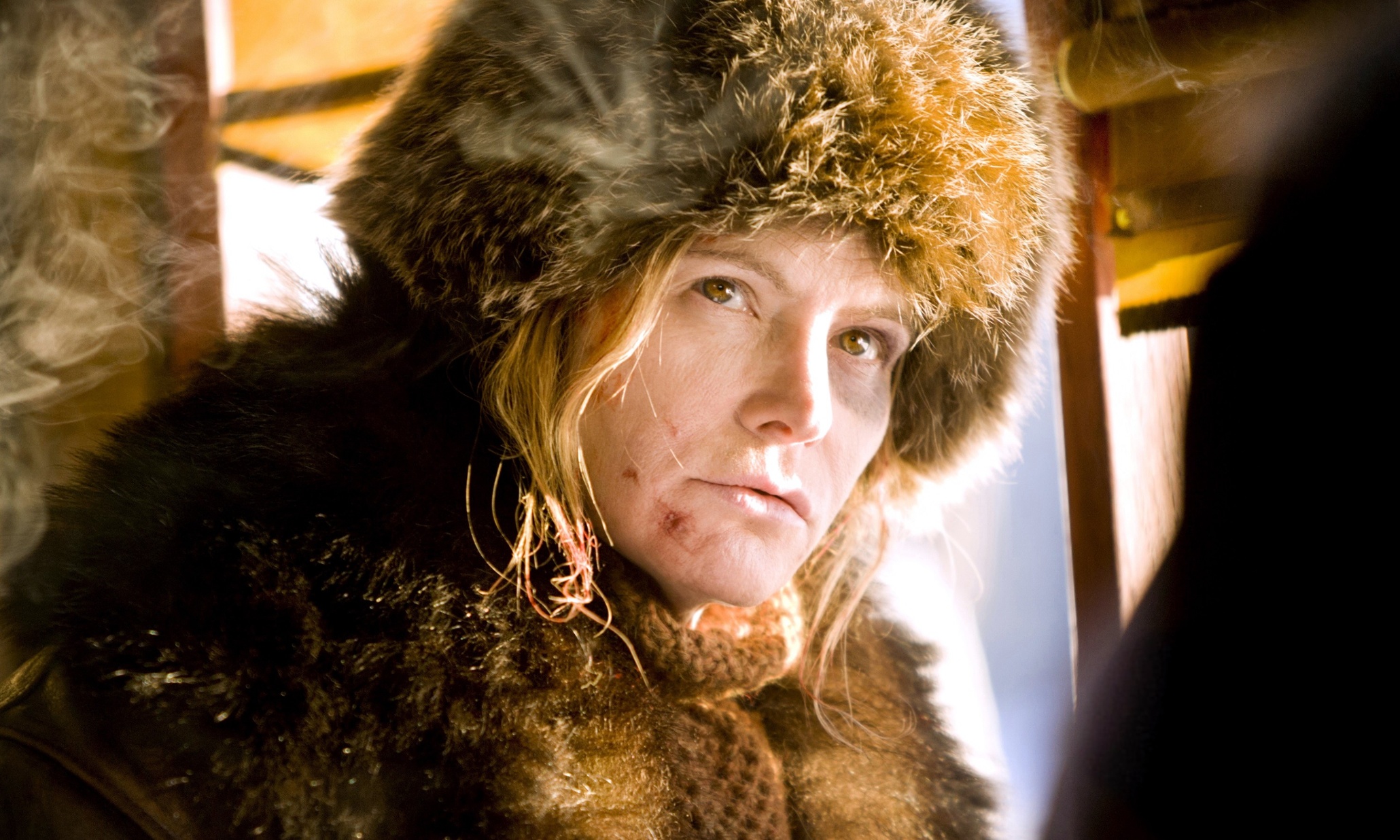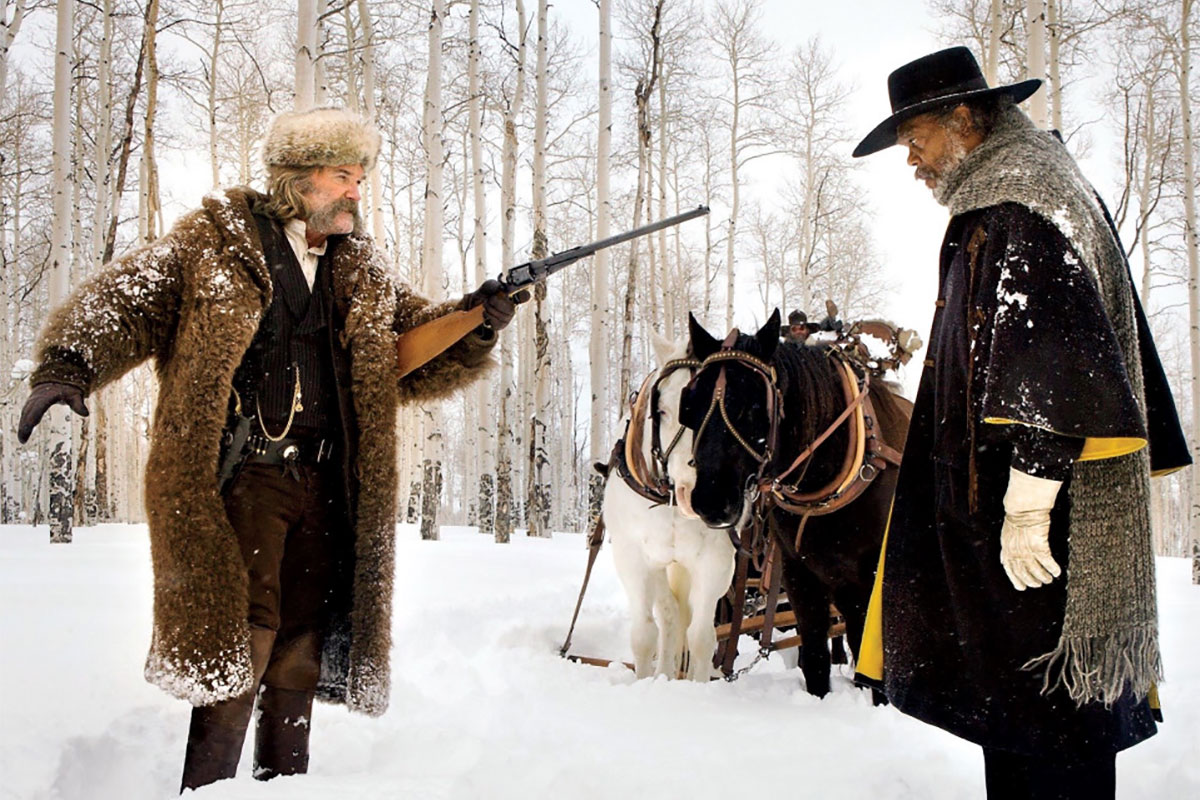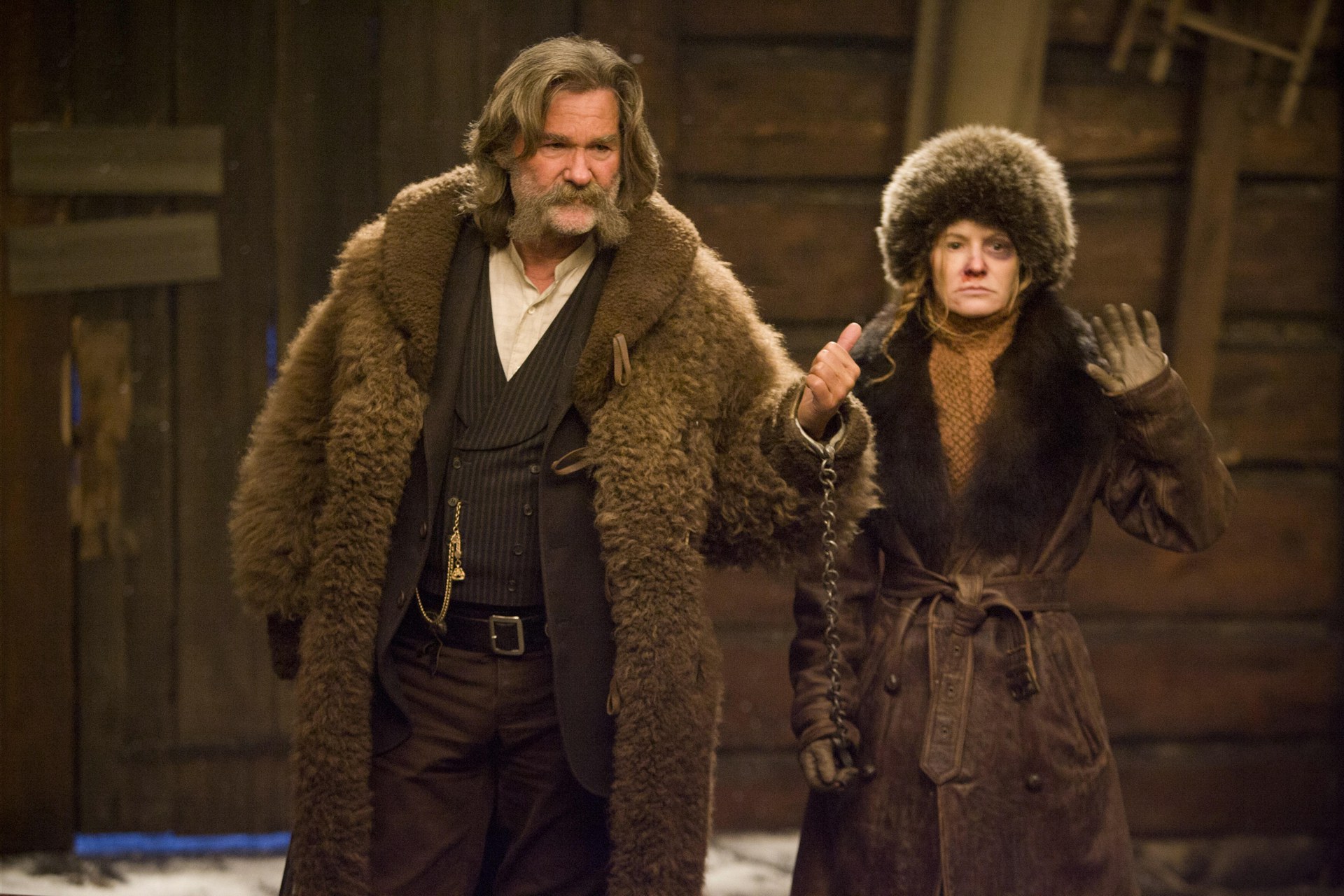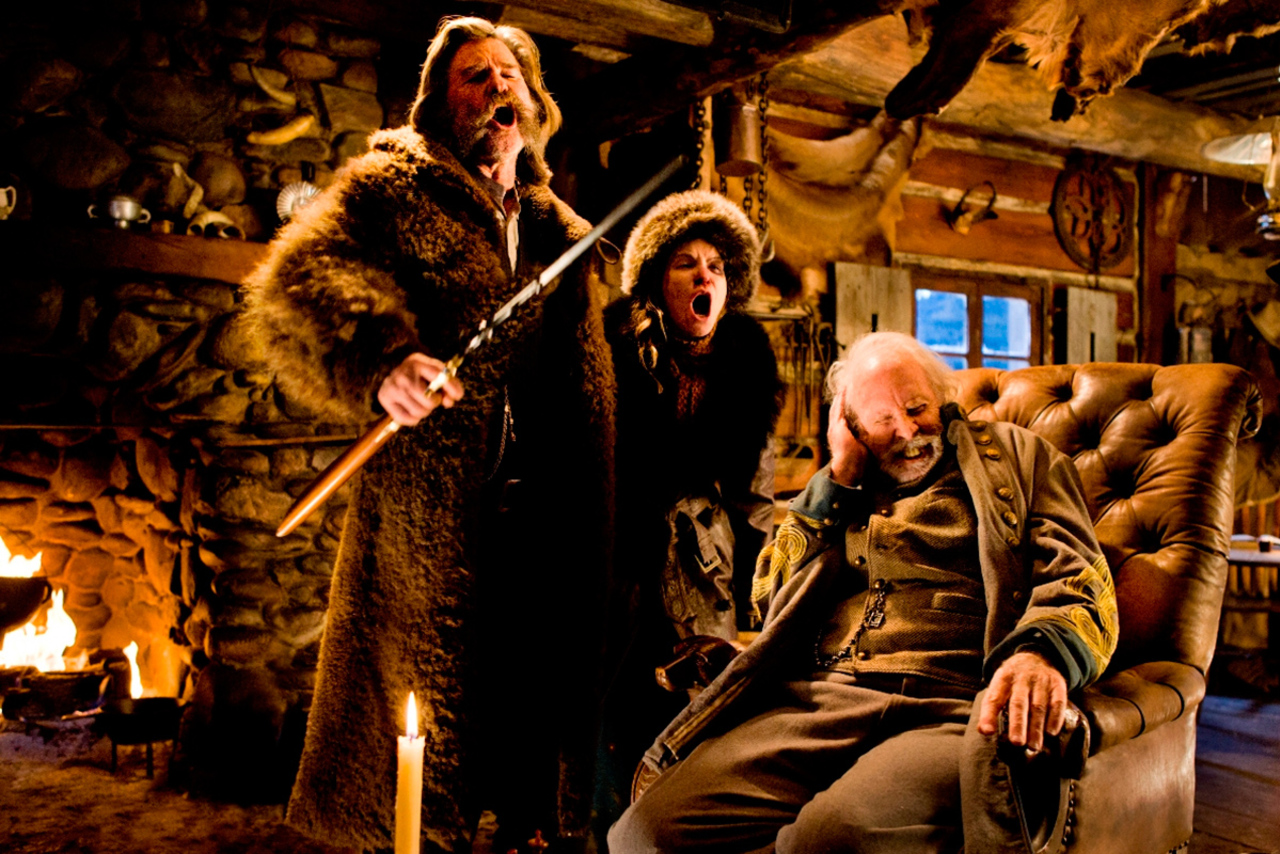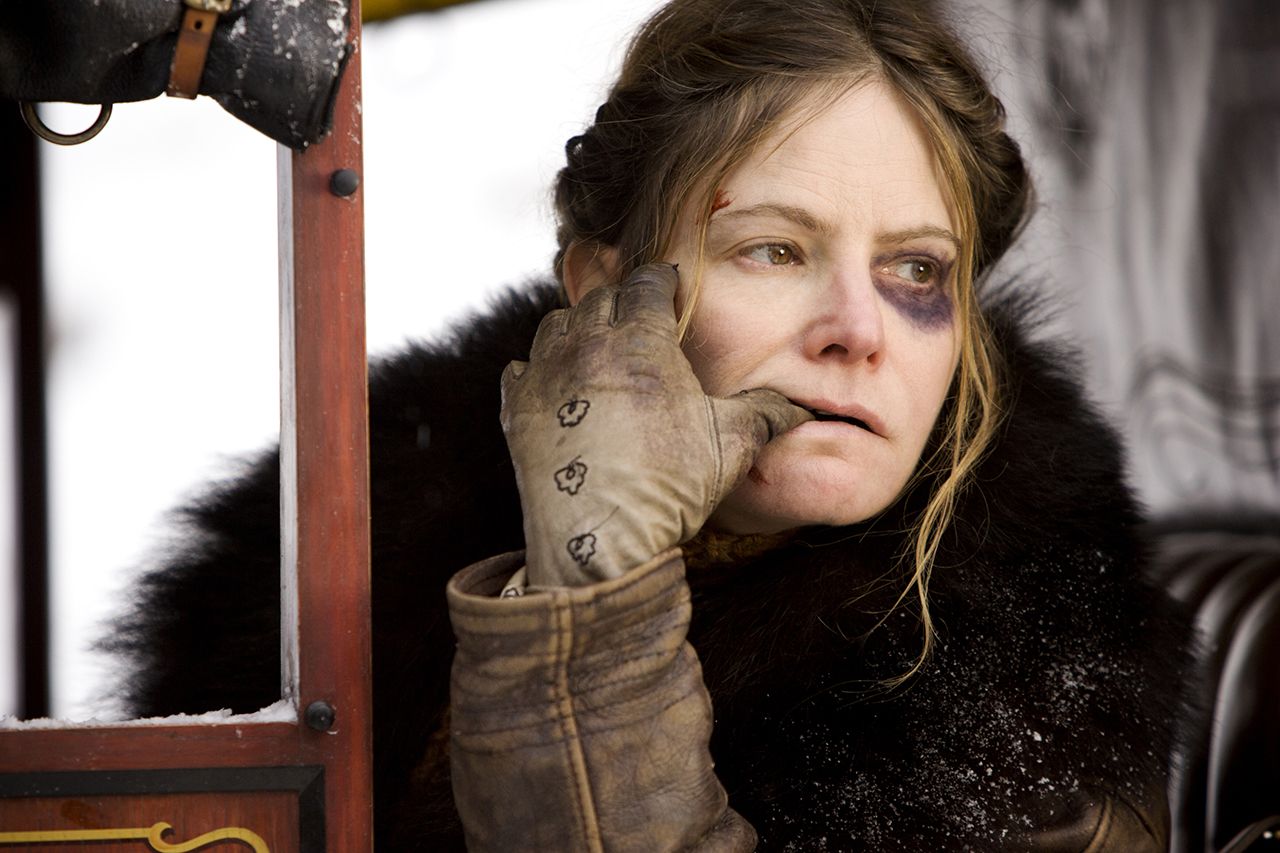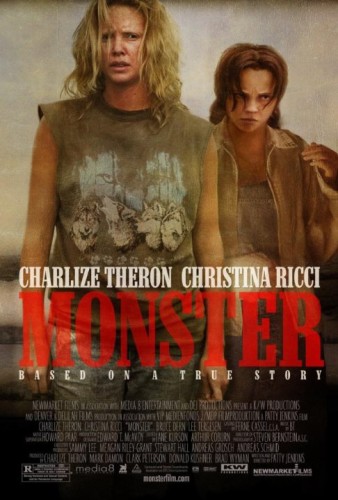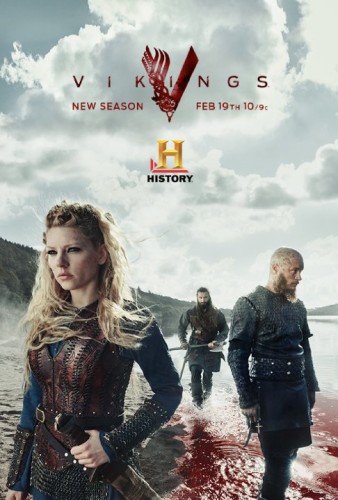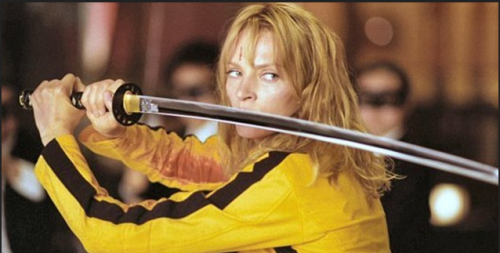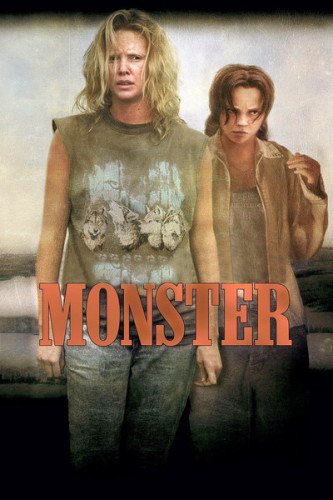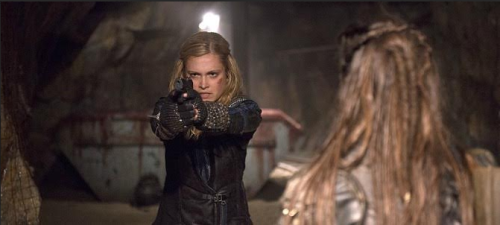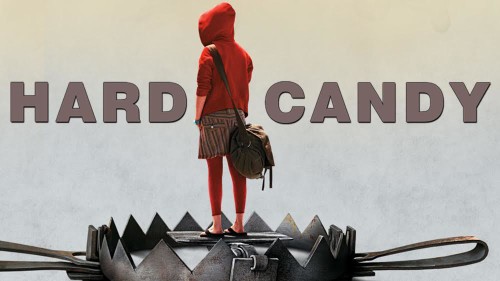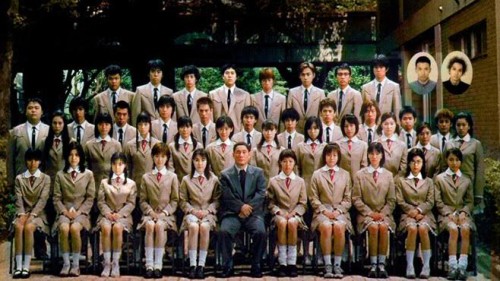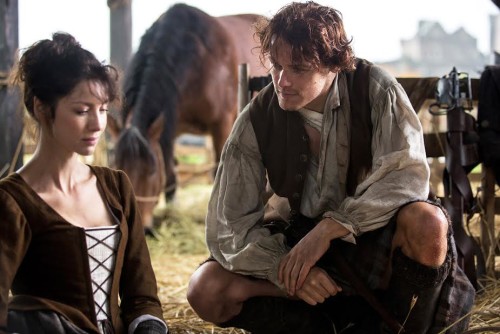This guest post written by Amy Woolsey originally appeared at Wicked Stupid Plotless and appears now as part of our theme week on Game of Thrones. It is on the fourth season of the television series and is cross-posted with permission.
When watching Game of Thrones, HBO’s contentious, wildly popular fantasy series, it’s easy to get caught up in the Big Moments, the ones that light up social media and generate a week’s worth of think pieces: Ned Stark’s beheading; the Battle of Blackwater; the Red Wedding; so many deaths. But the show isn’t all about shock and awe. In fact, some of the best, most memorable moments this [fourth] season have been the quiet ones, often involving nothing more than characters talking. There’s the circuitous beetle-crushing anecdote that Tyrion tells Jaime in “The Mountain and the Viper,” delivered with tortured intensity by Peter Dinklage, just before the climactic, explosive duel scene. Daenerys’s flirtation with Daario in “Mockingbird.” Any scene between Missandei and Grey Worm, whose tender relationship is perhaps the show’s most welcome addition to George R.R. Martin’s novels.
There’s a reason why, even in a season teeming with game-changing, water-cooler-ready incidents, “First of His Name” remains my favorite episode. Although relatively uneventful, it contains a wealth of perfect little moments that might seem inconsequential on the surface, but actually have profound implications for the characters and their world. Take, for instance, the scene where Podrick Payne confesses to Brienne, “I killed a man.” It’s a simple, four-word line, but for a character that had previously functioned as little more than comic relief, it constitutes a miniature, heartbreaking revelation. Pod may be hopelessly earnest and awkward, but he’s far from the naïve simpleton we and Brienne thought he was; despite his lack of formal training and experience, he’s just as capable of taking a person’s life as a knight of the Kingsguard.
At its heart, season four is a narrative of disillusionment, watching as each character is deprived of his or her innocence. In the premiere, Arya Stark, not yet a teenager, sticks her newly reclaimed Needle into Polliver’s throat to avenge her friend, Lommy Greenhands. A contemptuous smirk lingers on her face even as her victim chokes to death on his own blood, yet whatever catharsis this death brings is only temporary. Arya doesn’t hesitate to revel in her victory; instead, she simply wipes her sword clean and continues on her journey with the Hound. In an interview, Maisie Williams says that Arya is “being eaten from the inside out… She’s got a hole in her heart. She fills it with all these eyes that she’s going to shut forever, and she’s just turning black from the inside out.” Ultimately, killing Polliver is not the act of a girl obtaining justice for her fallen friend; it’s the act of a girl who has lost – or is in the process of losing – her soul. A deliberate, cold-blooded murder, devoid of feeling, performed with matter-of-fact calmness. With this, Arya has officially been indoctrinated into the culture of violence that reigns over Westeros.
This season has received criticism in some corners for its abundant, almost gleeful use of graphic violence, especially against women. On one hand, I don’t blame anyone who’d rather not spend his or her nights watching people’s heads being crushed or chopped off, and the violence can be occasionally excessive or poorly executed (I complained about a certain scene with Cersei and Jaime as much as the next person). At the same time, though, a lot of the criticism strikes me as overly simplistic. As George R.R. Martin himself said, Westeros is “no darker nor more depraved than our own world,” and omitting or downplaying the violence would be a betrayal of the series’ intention, which is to present the past in all its true horror, an alternative to the glorified, sanitized version we usually see in fantasy stories. If it’s hard to tolerate at times, that’s because it’s effective. Fictional violence should be hard to tolerate. It’s saying something that even in an era when seemingly half the shows on network TV feature serial killers, the carnage in Game of Thrones is still genuinely shocking and gruesome.
While the show undoubtedly does employ violence as a form of spectacle (is it even possible to avoid that in a visual medium?), I don’t think it has, as Sonia Saraiya puts it, “gotten in the way of Thrones’ fundamental truth… a lens that offers not just brutality, but also the assiduous follow-through of healing, grieving, and surviving.” If anything, this season has been all about the follow-through, the way war can invade even the most remote areas of the world and tear apart not only communities and families but also individuals, forever transforming the lives of those it touches. It’s never explicitly stated, but you can detect evidence of war’s devastation, of people struggling to cope with their scars, in snippets of dialogue like Pod’s and in character arcs like Arya’s – again, the little things. Trauma, the show contends, involves more than mangled bodies and troubled minds; it’s a process of moral erosion, the gradual disintegration of personal values in the face of a brutal, uncaring reality. Violence, like power, corrupts.
“Everywhere in the world, they hurt little girls.” Cersei’s blunt response to Oberyn, who assures her that “we don’t hurt little girls in Dorne,” represents a moment of uncharacteristic sincerity for the Lannister queen as well as an unexpected reminder to the audience that, despite her powerful, confident veneer, she is broken inside. Unbeknownst to her companion, Cersei has been subjected to repeated sexual assault throughout her life, first at the hands of Robert Baratheon, her husband, and then Jaime, her brother and paramour (as much as I wish we could pretend it didn’t, for all intents and purposes, the scene in the Sept happened and can’t be ignored). Perhaps more than anyone else, she understands the key to survival in Westeros, which essentially amounts to a willingness to use and be used by others whenever necessary, to discard your humanity for the sake of self-preservation. As Oberyn discovers too late, this world isn’t exactly kind to those motivated by passion and noble ideals.
Other characters are slowly starting to comprehend this fact. Daenerys began season four as the self-proclaimed Breaker of Chains, a benevolent ruler determined to free the slaves of the cities she defeats. It’s becoming more and more apparent, however, that conquering is not the same as leading, as she resorts to increasingly harsh methods in an effort to maintain power over her subjects; the Daenerys that liberated the Unsullied would be appalled by the Daenerys that ordered the execution of 163 people and called it “justice.” The last time we saw Sansa, she was walking down a staircase in the Vale, dressed in an elegantly low-cut gown and bathed in angelic white light. It’s treated as a triumphant moment, and in some ways, it is: Sansa Stark, the girl who once swooned over fanciful tales of castles and chivalrous princes, all grown up, no longer a timid victim. But then, you remember what brought her here – a barrage of physical, emotional and psychological abuse inflicted by the boy she used to idolize, among others – and the moment becomes as ethereal as the light in the background, the triumph an illusion. She may not be helpless, but she’s still a victim, just another pawn in a system governed by forces beyond her or anyone’s control.
Not coincidentally, the season [four] finale, airing tonight, is titled “The Children.” Children have always figured prominently in Game of Thrones, but their presence seems especially meaningful this season, as we get a clearer glimpse of the war’s effect on bystanders, people not entrenched in political intrigue and behind-the-scenes strategizing. As it turns out, most children in Westeros either wind up dead, like the slaves nailed along the road to Meereen and Elia Martell’s infants, murdered by the Mountain, or turn into killers themselves.
“The Watchers on the Wall” puts a kid right in the middle of the fighting, contrasting the surrounding bloodshed with shots of Olly, a boy whose parents had been slaughtered in a wilding raid, cowering in a corner. For a while, it seems as though Olly is being framed as a symbol of innocence, a saint amongst monsters, but in a twist that diverges from the source material, he shoots and kills Ygritte, partly in an effort to aid Jon and partly as retribution for his father. The death itself isn’t what’s significant so much as Olly’s smile: proud, not a flicker of visible remorse. There’s something chilling about it – the realization that even at such a young age, Olly has already joined and helped perpetuate the cycle of violence and revenge that has endured throughout the history of Westeros, passed from generation to generation.
In truth, there are no children in this world, at least not in our sense of the term. Growing up here means living long enough to become hardened and wear your cynicism like armor. When it comes to the game of thrones, no one is safe or innocent, not even children.
Amy Woolsey is a writer living in northern Virginia. Since graduating from George Mason University, she has interned at the Smithsonian’s National Museum of American History and contributed freelance articles to The Week. In her free time, she consumes, discusses, and generally obsesses over pop culture. You can follow her on Twitter and Tumblr, and she keeps a personal blog that is updated irregularly. She has previously written about The Bling Ring and Phoenix for Bitch Flicks.
